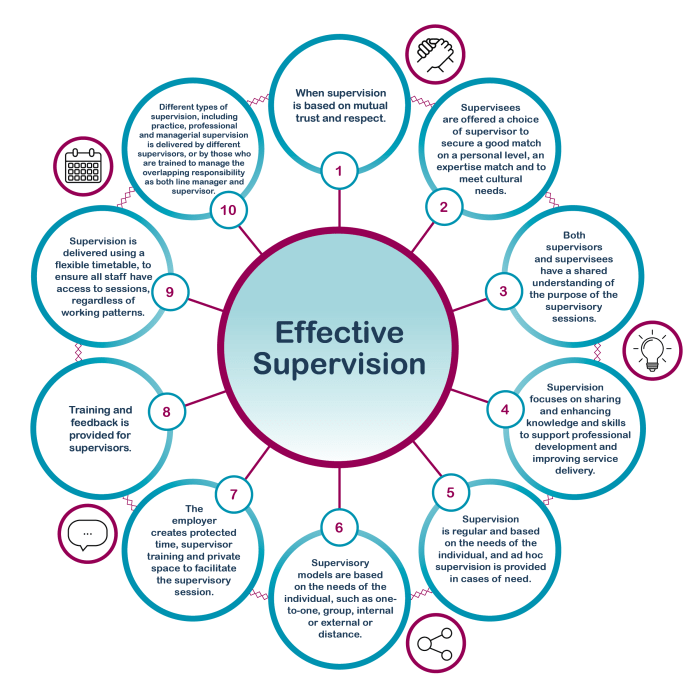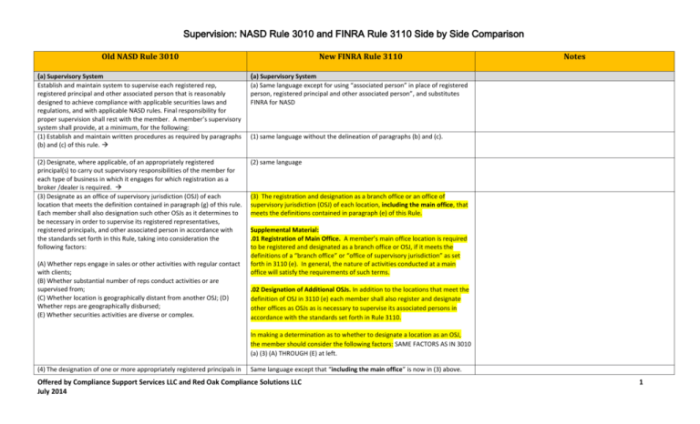What was finra 3241 created to do – FINRA Rule 3241, created to address the critical need for robust anti-money laundering (AML) measures in the financial sector, has significantly shaped the regulatory landscape. This comprehensive rule establishes stringent requirements for member firms to implement and maintain effective AML programs, safeguarding the integrity of financial markets and combating financial crimes.
With the increasing sophistication of financial crimes, FINRA Rule 3241 has emerged as a cornerstone of AML compliance, providing a framework for firms to proactively identify, assess, and mitigate money laundering risks.
Purpose of FINRA Rule 3241

FINRA Rule 3241, “Anti-Money Laundering Compliance Program,” was created to establish a comprehensive framework for member firms to prevent and detect money laundering and terrorist financing.
The rule was developed in response to increasing concerns about the use of the financial system to facilitate illegal activities and the need for enhanced regulatory oversight to combat financial crimes.
Key Provisions of FINRA Rule 3241, What was finra 3241 created to do
FINRA Rule 3241 requires member firms to establish and maintain written AML compliance programs that include the following key provisions:
- Appointment of a qualified AML compliance officer
- Development and implementation of risk-based AML policies and procedures
- Establishment of a customer identification program
- Implementation of transaction monitoring systems
- Regular training of employees on AML compliance
Impact of FINRA Rule 3241 on AML Compliance
FINRA Rule 3241 has had a significant impact on the AML compliance landscape for member firms.
The rule has strengthened AML practices and enhanced the detection and prevention of financial crimes by providing a clear and comprehensive framework for firms to follow.
Several successful AML enforcement actions have been taken under FINRA Rule 3241, demonstrating its effectiveness in combating financial crimes.
Challenges and Considerations in Implementing FINRA Rule 3241
Member firms face several challenges and considerations when implementing FINRA Rule 3241.
These include resource implications, technological requirements, and operational complexities.
Best practices for effective implementation include conducting a risk assessment, developing a tailored AML program, and providing ongoing training to employees.
Future Developments and Regulatory Outlook
The regulatory landscape for AML compliance is constantly evolving.
Potential future developments related to FINRA Rule 3241 include increased focus on emerging technologies, such as artificial intelligence and machine learning, and enhanced cooperation between regulators and law enforcement agencies.
Questions Often Asked: What Was Finra 3241 Created To Do
What are the key objectives of FINRA Rule 3241?
FINRA Rule 3241 aims to strengthen AML compliance by establishing minimum standards for member firms to develop and implement comprehensive AML programs, enhancing the detection and prevention of money laundering activities.
How has FINRA Rule 3241 impacted AML compliance practices?
FINRA Rule 3241 has significantly improved AML compliance practices by mandating firms to conduct risk assessments, implement customer due diligence measures, and establish ongoing monitoring systems, leading to more effective identification and mitigation of money laundering risks.
What are some challenges faced by firms in implementing FINRA Rule 3241?
Firms may encounter challenges in implementing FINRA Rule 3241 due to resource constraints, technological requirements, and operational complexities. However, adopting best practices, seeking expert guidance, and leveraging technology can help firms effectively implement and maintain compliant AML programs.

